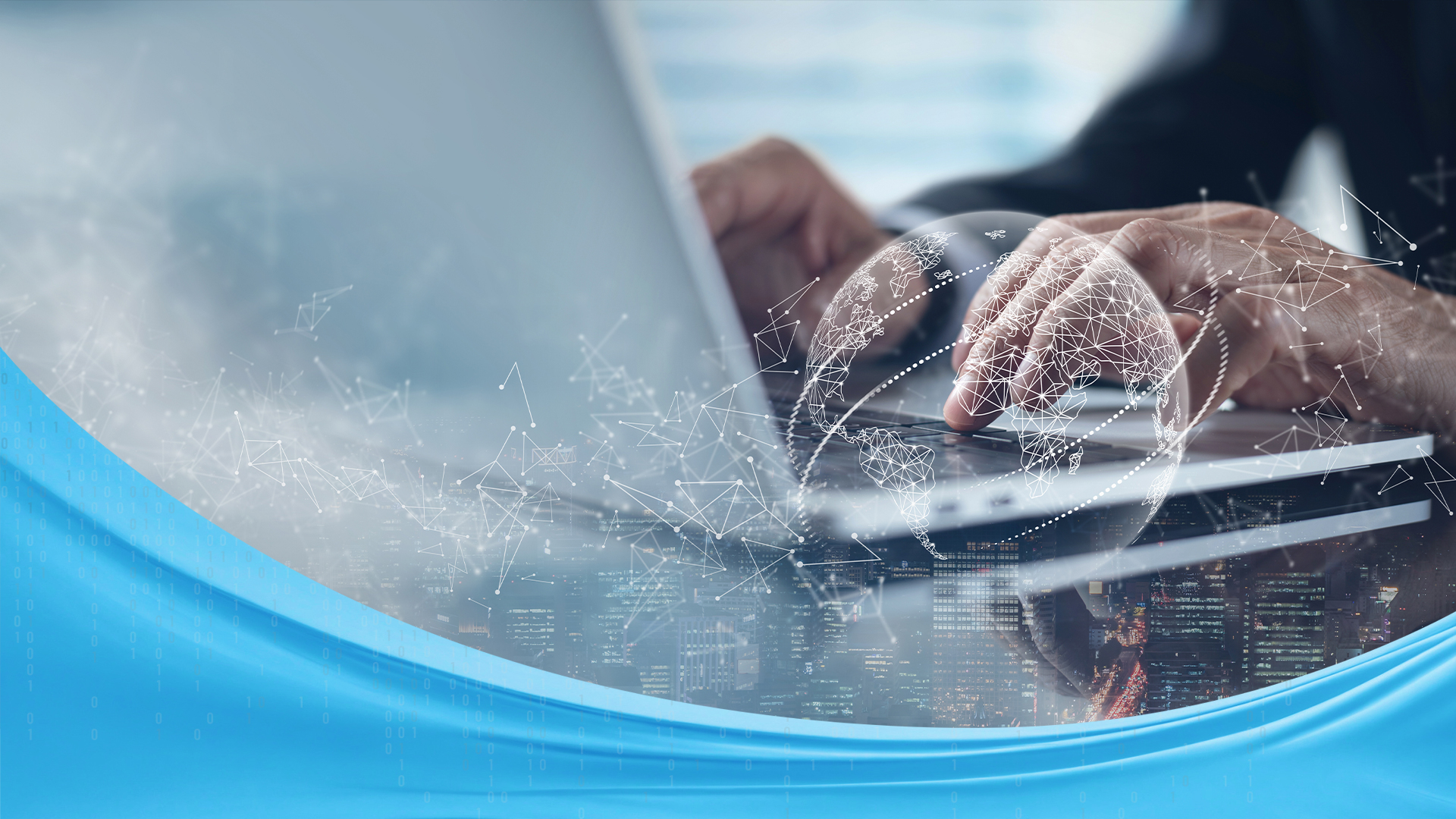The end of another year – and decade – provides the perfect time to reflect on what digital technologies will continue to transform customer experience (CX) for the kickoff of 2020. We gathered a handful of our experts and asked them to share their thoughts on what is on the horizon for the new year. From hospitality to finance to healthcare, 2020 will see a tide wave of digital transformation throughout entire organizations. So, here you are, a few of our top predictions for 2020.
Emerging Technologies – Ric Cavieres, EVP of Strategy, Markets and Consulting
The emerging technologies that I am most excited to see impact customer experience in 2020 are Augmented Analytics and Microelectromechanical Systems. Augmented analytics transforms large data sets into smaller, more user-friendly information packets using machine learning and language processing technologies. Users are then able to extract insights from the data and provide recommendations. For example, a machine analyzing national hotel, airline and vacation data might notice children in land-locked Colorado spend 80% more time at the beach in July than they do in June. It will take a human analyst to recognize that Denver grocery stores should stock less milk while those beach-going children are out-of-state. The AI will learn more as it goes along, but as of right now, it still requires human intervention and only humans know what to look for and how to assign value to certain data.
Smart dust will become widely commercialized. Smart dust, or microelectromechanical systems (MEMS), refers to the miniaturization of mechanical structures so they can be integrated with electrical circuitry to perform a task or achieve a functionality. These “systems” are mere nanometers large and are being developed to improve hearing aids and headphones. They’ve been integrated into sensors that monitor the pressure in IV lines of patients in intensive care units. Because they’re so small, MEMS can be used virtually anywhere, from the human gut, where MEMS sensors look out for pathogens, to the heart, where they’re being used to measure pressure in the pulmonary artery, and report back to the patient’s physician. In the next year, we’ll see this technology in places such as football helmets and pads so we can learn the exact force applied when players collide.
Technologies You’ll See in Hospitality Next Year
Voice-activated concierges. Smart bars that know you like your martini dry – and know exactly when to order it for you. Leading hospitality companies are seizing on emerging technologies like these to deliver unique experiences and frictionless stays for their guests. At the root of this wave of innovation is data. Companies that can unlock the 95% of customer data that remains untapped with have a major advantage over their competitors. But to stand out in a crowded market, they must use the data wisely. This means making correlations to guest behavior to build customer profiles without violating privacy. Augmented/virtual reality and facial recognition are two digital technologies that will use data to provide superior customer experience.
The next evolution of virtual reality will be social sharing. Imagine guests pinging their family back home and asking them to put on a VR headset before taking them along for a live-broadcast dolphin swim, breathtaking zip line course or cruise deck tour. This 360-surround view and 3D video is a significant step up from even the most filtered and prolific Instagram snaps.
Royal Caribbean already uses facial recognition to speed up passenger check-in. In addition to speeding up check-in and level-up security, facial recognition, paired with emotional analysis, could analyze guest mood. Did they arrive looking hassled or happy? Are they relaxed or irritated when sitting in the bar? With this information, staff can step in, offer a complimentary appetizer, change the music or adjust whatever the guest might be reacting to poorly. While there’s some controversy over the accuracy of the readings, the potential to understand how your guests are reacting to experiences is there.
We’ve Reached a Tipping Point in Healthcare – Murray Izenwasser, VP of Consulting, Design Thinking
We’ve reached a tipping point as the merger of technology and healthcare has blurred the lines between provider, pharmacy and retailer. This has created a new business model — one that is loaded with digital advances. The drivers have been patient and physician acceptance of tech and the overwhelming need to modernize healthcare. And the lines are only going to get fuzzier in 2020. Here’s what I expect to see in healthcare next year:
Retail healthcare clinics will continue to transform at a rapid pace. An example is the new CVS , which comes hard on the heels of its merger with Aetna — and its acquisition of Aetna’s 22 million-plus subscribers. HealthHUBs are CVS stores with more than 20% of the floor space dedicated to health services. Walmart is expected to roll out primary care clinics that include dental and mental health services. And even Amazon is getting on the healthcare bandwagon. The online retailer has its own line of supplements and is launching a full-service pharmacy. These new healthcare delivery models are changing how and where Americans seek wellness help. And the lines will only get fuzzier next year as the “retailization” of healthcare accelerates.
Virtual medicine/digital healthcare will lower patient costs and even reduce emergency room visits. Providers no longer must rely on patient memories for health information. Healthcare apps track everything from heartbeats to elimination, generating massive amounts of data. Meanwhile, telemedicine is making healthcare more accessible in rural areas, with its use jumping by 1,200% between 2012 and 2017. Of course, maintaining patient privacy will be a continuing battle. Apps that track your steps or remind you when to take your medicine know where you are always and the state of your health. It’s giving rise to a demand from patients to own their own (digitized) records. But the reality is that consumers are looking for healthcare that is cheaper, more convenient and accessible faster than a traditional doctor’s office, and that means digitally enabled healthcare in one form or another.
The Future is Here in Finance – Imran Sabir, Consulting, Automation Lead
The website Will Robots Take My Job? sounds like a pulpy science fiction paperback but is really an acclaimed estimator — predicts that there’s a 98% chance that bookkeeping, accounting and auditing tasks will be automated over the coming years. In fact, by next year, many of these processes will already be in place.
In the next year, I see RPA almost fully automating accounts payable/receivable and customer onboarding processes.
In accounts payable and receivable, RPA bots save time by automatically adding a new supplier or account using information gleaned from public credit scores and tax information and pulling data from the supplier website. Without any supervision, once they’re programmed, RPA bots track invoices, mark accounts as paid, flag those that aren’t and send delinquent notices.
The same type of processes is being used to vet new customers and validate their data when onboarding. RPA bots are set to automatically check and update info at set intervals, and alert you to anything out of the ordinary. Banks already are using RPA to verify customers’ details such as identity, past credit scores and conformity with compliance rules so accounts will be initiated, verified and automatically created faster than ever.



